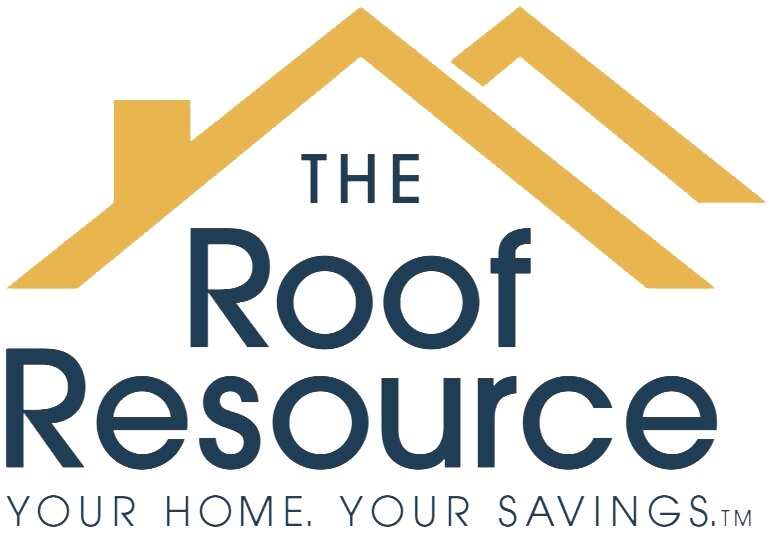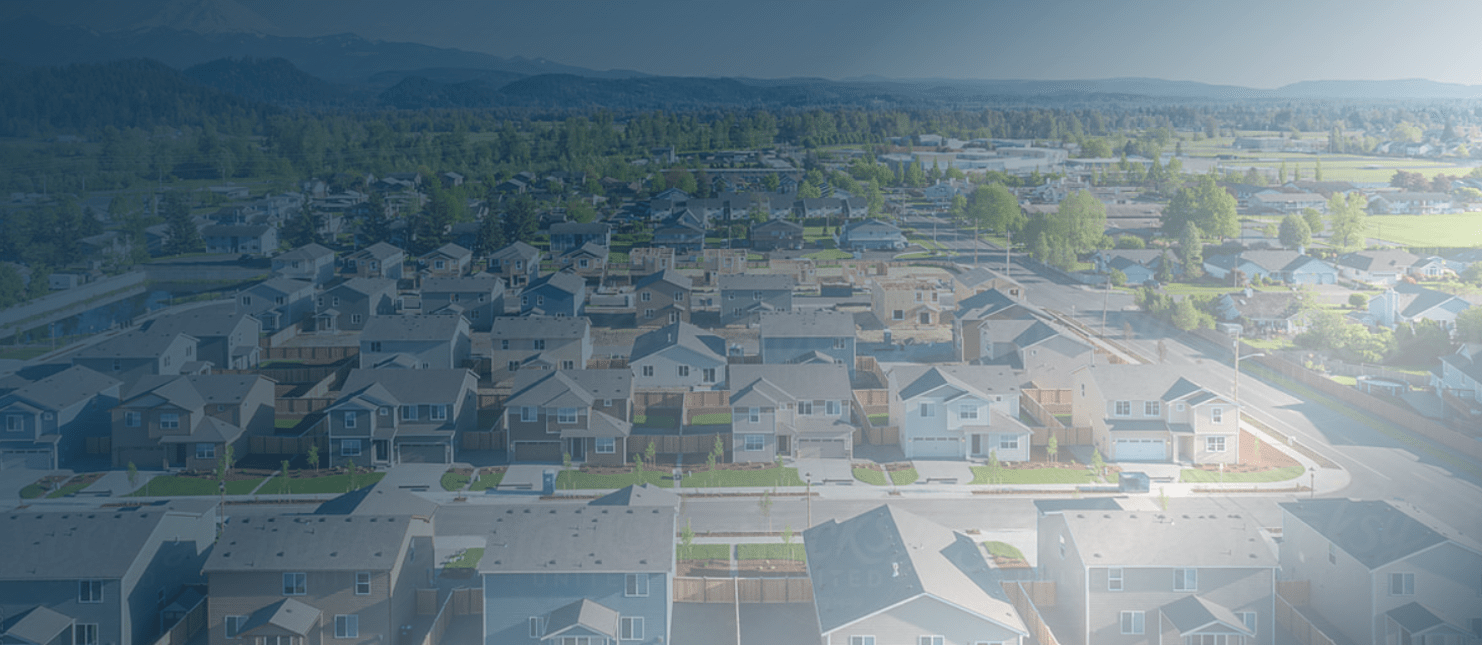Flat Roof Roofing Materials in Lake Orion, MI
Expert flat roofing solutions in Lake Orion, MI. Get a quote!
As a homeowner in Lake Orion, MI, the decision to replace or repair your flat roof is a significant investment. Choosing the right roofing material is crucial for the longevity and protection of your property. However, with the multitude of options available, it’s natural to have questions about the various flat roofing materials. In this comprehensive guide, we will address frequently asked questions and provide valuable insights to help you make informed decisions about your flat roof.
Knowing the different flat roofing materials, their pros and cons, and the best practices for installation and maintenance can be a complex and overwhelming process. However, with the right knowledge and guidance, you can confidently navigate through the choices and choose the most suitable material for your specific needs. Whether you are considering a traditional built-up roof, modified bitumen, EPDM rubber, TPO, PVC, or any other flat roofing material, this guide will equip you with the essential information to make a well-informed decision.
Types of Flat Roofing Materials: An Overview
When it comes to flat roofing materials, there are several options available, each with its unique characteristics and suitability for different environments. Understanding the distinctions between these materials is crucial in selecting the most appropriate one for your home.
Built-Up Roofing (BUR)
Built-up roofing systems, also known as tar and gravel roofs, consist of multiple layers of roofing felt or fiberglass mat, saturated with bitumen and finished with a top layer of gravel or mineral granules. BUR roofs provide excellent waterproofing and insulation and are known for their durability. However, they can be heavy and labor-intensive to install.
Modified Bitumen
Modified bitumen roofing is a variation of the traditional BUR system, featuring enhanced asphalt and modifier additives for improved flexibility, durability, and weather resistance. This material is known for its ease of installation and maintenance, making it a popular choice for flat roofs.
EPDM Rubber
Ethylene Propylene Diene Monomer (EPDM) is a synthetic rubber material widely used for flat roofs. EPDM membranes offer exceptional resistance to UV radiation and ozone exposure, making them suitable for various weather conditions. EPDM roofs are known for their longevity and ease of installation.
TPO (Thermoplastic Polyolefin)
TPO is a single-ply membrane roofing material known for its energy efficiency and reflective properties. TPO roofs are lightweight, flexible, and resistant to punctures and tears. They are also popular for their environmentally friendly features and suitability for white or light-colored roofing systems.
PVC (Polyvinyl Chloride)
PVC roofing membranes are similar to TPO in terms of being single-ply, but they are made of PVC instead of TPO. PVC roofs offer excellent durability, chemical resistance, and fire-retardant properties. They are also known for their ability to withstand high temperatures and harsh weather conditions.
Factors to Consider when Choosing Flat Roofing Materials
When selecting the right roofing material for your flat roof, it’s essential to consider various factors to ensure that it meets your specific requirements and provides long-lasting performance.
Climate and Weather Conditions
The local climate and weather patterns in Lake Orion, MI, play a significant role in determining the most suitable flat roofing material for your home. Factors such as temperature fluctuations, precipitation levels, and exposure to UV radiation should be considered when evaluating the durability and performance of roofing materials.
Longevity and Durability
The longevity of the roofing material is a crucial factor in the decision-making process. Assess the expected lifespan of each material and determine its ability to withstand the varying weather conditions and environmental stressors. Long-lasting durability is essential in ensuring the protection and structural integrity of your home.
Installation and Maintenance
Consider the ease of installation and ongoing maintenance requirements for each roofing material. Some materials may necessitate specialized installation techniques and regular maintenance, while others offer simpler and more cost-effective maintenance solutions.
Energy Efficiency and Insulation
Energy-efficient roofing materials can contribute to reduced heating and cooling costs by providing effective insulation and reflective properties. Evaluate the energy efficiency of each material and its potential to enhance the overall insulation of your home.
Cost and Budget Considerations
Budgetary constraints are an important aspect to consider when choosing flat roofing materials. Assess the initial installation costs, long-term maintenance expenses, and the overall value provided by each material to determine its cost-effectiveness for your specific needs.
Common Questions About Flat Roofing Materials
As a homeowner exploring options for flat roofing materials, you may have various questions regarding the available choices and their suitability for your property. Here are some common questions about flat roofing materials, along with detailed answers to help you make informed decisions.
1. What is the most cost-effective flat roofing material?
The cost-effectiveness of flat roofing materials depends on various factors, including initial installation costs, long-term maintenance expenses, and the expected lifespan of the material. While built-up roofing may offer excellent durability, it can be labor-intensive and costly to install. Modified bitumen and EPDM rubber are often considered cost-effective choices due to their ease of installation and long-term performance.
2. Which flat roofing material is best for extreme weather conditions?
In regions with extreme weather conditions, such as heavy snowfall or intense heat, materials like PVC and TPO are preferred for their resistance to temperature fluctuations, UV radiation, and weather-induced damage. These materials offer exceptional durability and weatherproofing, making them suitable for challenging climates.
3. Are flat roofing materials environmentally friendly?
When considering the environmental impact of roofing materials, materials such as TPO and PVC stand out for their energy efficiency, reflective properties, and recyclability. These materials contribute to reduced energy consumption and environmental sustainability, making them environmentally friendly choices for flat roofs.
4. What is the expected lifespan of flat roofing materials?
The expected lifespan of flat roofing materials varies depending on the specific material, installation quality, and maintenance practices. While BUR and modified bitumen roofs can have a lifespan of 20-30 years, EPDM, TPO, and PVC roofs can often exceed 30 years with proper care and maintenance.
5. Do flat roofing materials require specialized maintenance?
Each flat roofing material has unique maintenance requirements, ranging from regular inspections and minor repairs to periodic cleaning and protective coatings. Some materials, such as built-up roofing, may necessitate more extensive maintenance, while others, like TPO and PVC, offer relatively low-maintenance solutions.
6. Can flat roofing materials contribute to energy savings?
Energy-efficient roofing materials, such as TPO and PVC, can contribute to significant energy savings by providing effective insulation and reflecting solar heat. These materials help reduce the cooling load on buildings, resulting in lower energy consumption and cost savings over time.
In the end
In the quest to choose the right flat roofing material for your home in Lake Orion, MI, it’s essential to carefully evaluate the available options and consider the specific requirements of your property. Understanding the characteristics, advantages, and limitations of each material will empower you to make well-informed decisions that align with your budget, climate considerations, and long-term goals for your home’s protection and durability.
ddressing the frequently asked questions and providing valuable insights into the diverse range of flat roofing materials, this comprehensive guide aims to equip you with the knowledge needed to navigate through the selection process confidently. With the right information at your fingertips, you can embark on your flat roof replacement or repair project with clarity and assurance, knowing that you are making a wise and informed choice for the well-being of your home.


